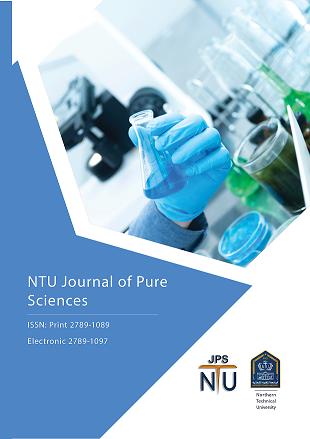Using Maximum Likelihood Method to Estimate Parameters of the Linear Regression T Truncated Model
DOI:
https://doi.org/10.56286/ntujps.v1i4.313Keywords:
maximum likelihood, truncate, t-distribution, regression, cumulative functionAbstract
The estimation of the parameters is one of an important issues in the mathematical statistics. The development of estimation methods requires accurate estimation and finds the best estimator for parameters. The aim of this research is to build a regression model. A dependent variable has a truncated t-distribution for this model. It was depended to the method of maximum likelihood for finding the parameters of the model, the parameters ? and ? 2 were estimated when they were unknown, the approximation of the cumulative function of the truncated t-distribution from two sides is used to represent the function of the dependent variable. It was concluded that the value ? is equal ?ols plus a certain amount, this amount is equal zero when the values of the truncated points a, b are equal in value and different in sign.
As a practical application, simulation was used in data generation by using the program (Matlab 2020a), the value of ? was estimated, The comparison was between maximum likelihood method and according to the formula that we reached with its estimated value according to the least squares method based on the mean square errors, where its value according to the maximum likelihood method was less than its value according to the method of least squares, which indicates the advantage of the first method over the second.
Downloads
Downloads
Published
Issue
Section
License
The journal applies the license of CC BY (a Creative Commons Attribution 4.0 International license). This license allows authors to keep ownership of the copyright of their papers. But this license permits any user to download, print out, extract, reuse, archive, and distribute the article, so long as appropriate credit is given to the authors and the source of the work. The license ensures that the article will be available as widely as possible and that the article can be included in any scientific archive. Creative Commons License This work is licensed under a Creative Commons Attribution 4.0 International License.





